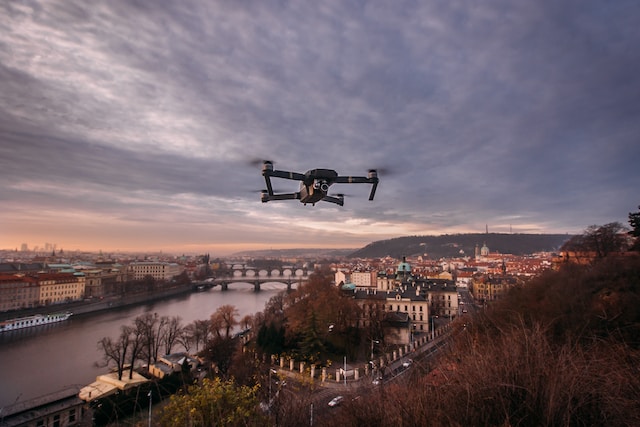In recent years, drones have taken the world by storm, becoming an integral part of various industries. The media and entertainment sector, in particular, has witnessed a significant transformation thanks to these unmanned aerial vehicles. Drones have not only changed the way we capture breathtaking scenes and action sequences in films but have also opened up a world of creative possibilities for directors, cinematographers, and producers. This article explores the impact of drones on movie production, backed by some compelling statistics.
The Soaring Popularity of Drones in Media
Drones have quickly become indispensable tools for the media and entertainment industry, including movie production, news reporting, and documentary filming. The need for credible footage, especially in news reporting, is paramount, and drones have proven their mettle in delivering not only credibility but also high-quality live videos. Today, it is not uncommon to witness drone footage from locations considered too dangerous or off-limits, such as war zones, live incidents, natural disasters, remote geographical sites, and more.
Drones in Film & Movies: By the Numbers
Let’s take a look at some compelling statistics that underline the rising significance of drones in the film industry:
- Registered Drones: As of May 2022, there are a staggering 855,860 drones registered with the United States Federal Aviation Administration (FAA). Out of these, 316,075 drones are designated for commercial operations, which includes filming.
- Market Dominance: In 2021, the filming and photography drones segment held the largest share of the commercial drones market, according to Fortune Business Insights.
- Anticipated Growth: The FAA predicts that the number of commercial drones will double by 2024, a testament to their growing presence in various industries.
- Market Projection: The commercial drones market is expected to reach an astounding $47.38 billion by 2029, according to Fortune Business Insights, indicating the rapid expansion of this technology.
Operating Within Limits
While drones have revolutionized movie production, they are not entirely without regulations. Drones must remain within the operator’s line of sight and are restricted from exceeding an altitude of 400 feet. These measures ensure safe and responsible drone operation.
Drones Transforming Filmmaking
The ban on commercial drone use was lifted a decade ago, and Hollywood immediately embraced the technology to enhance its productions. Drones have been employed to augment or, in some cases, even replace traditional filming equipment such as camera cranes, jib arms, car-mounted camera rigs, and helicopter-mounted camera packages.
Drones offer a range of creative possibilities for filmmakers. Their compact size, maneuverability, and cost-effectiveness make shots that were once impossible, extremely risky, or cost-prohibitive now within reach. Besides capturing breathtaking aerial footage for establishing shots and action sequences, drones are also used for remote location scouting, aerial 3D mapping, and even story development.
Conclusion
Drones have undeniably ushered in a new era of filmmaking, allowing directors and cinematographers to push the boundaries of creativity. With a continually growing drone industry and evolving regulations, we can expect even more remarkable innovations and breathtaking sequences in the movies of the future. As we watch the skies for more exciting cinematic endeavors, one thing is certain: drones are changing the face of movie production in ways we could have only dreamt of in the past.




